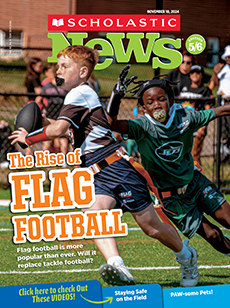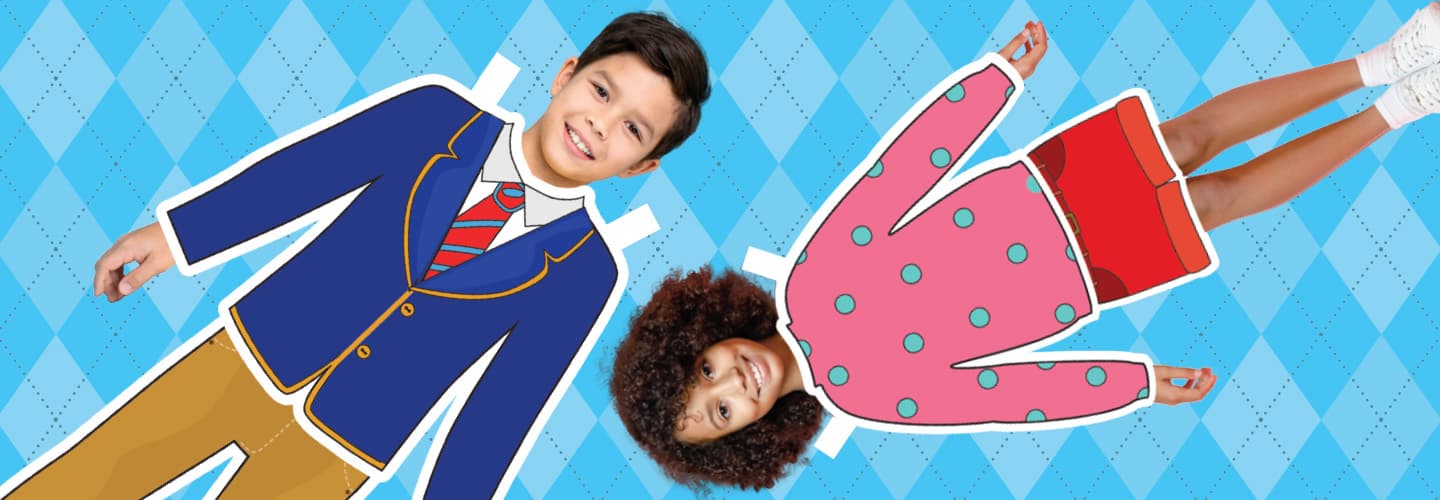Some students in Forney, Texas, had to rethink their wardrobe this school year. The Forney Independent School District recently banned jeans, T-shirts, and hoodies. Cargo pants, tank tops, and clothing with writing on it are off-limits too. The district also doesn’t allow “extreme modes of hair design,” including dyed hair.
Brooklynn Hollaman is a 10th-grader in Forney. She thinks the new rules are unfair, so she started a petition asking the district to change its dress code. More than 6,000 people have signed it.

